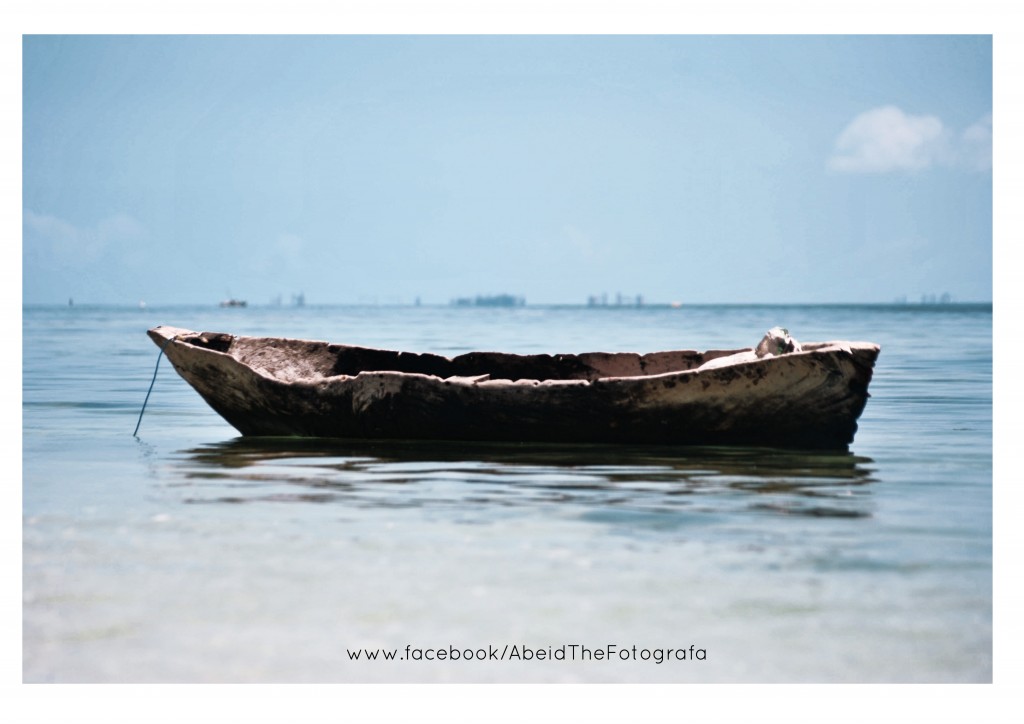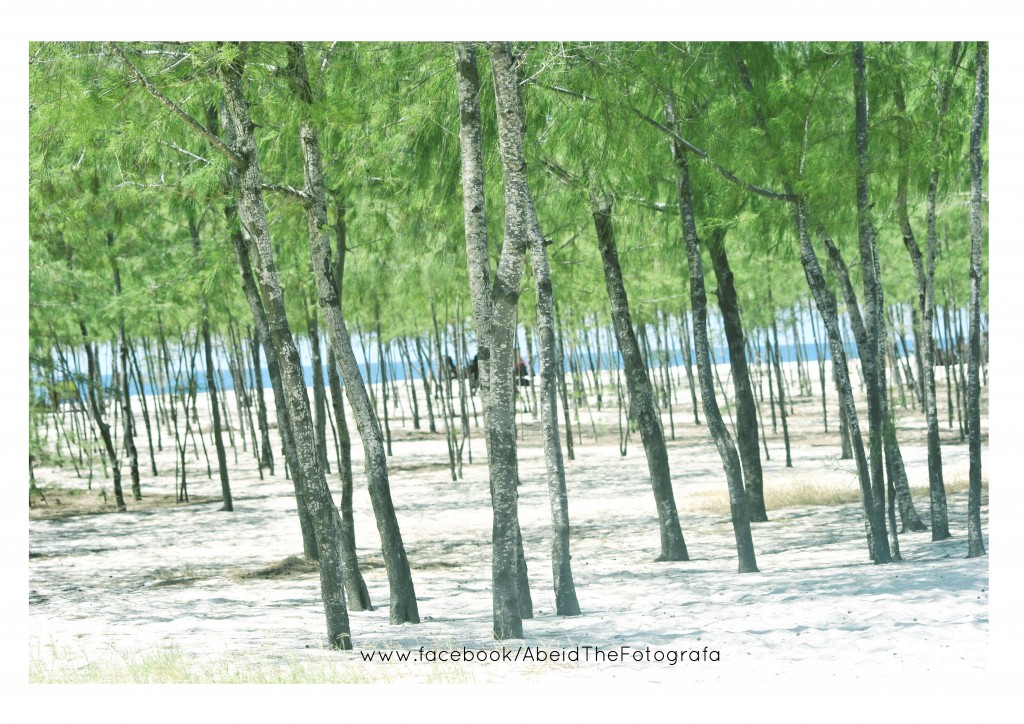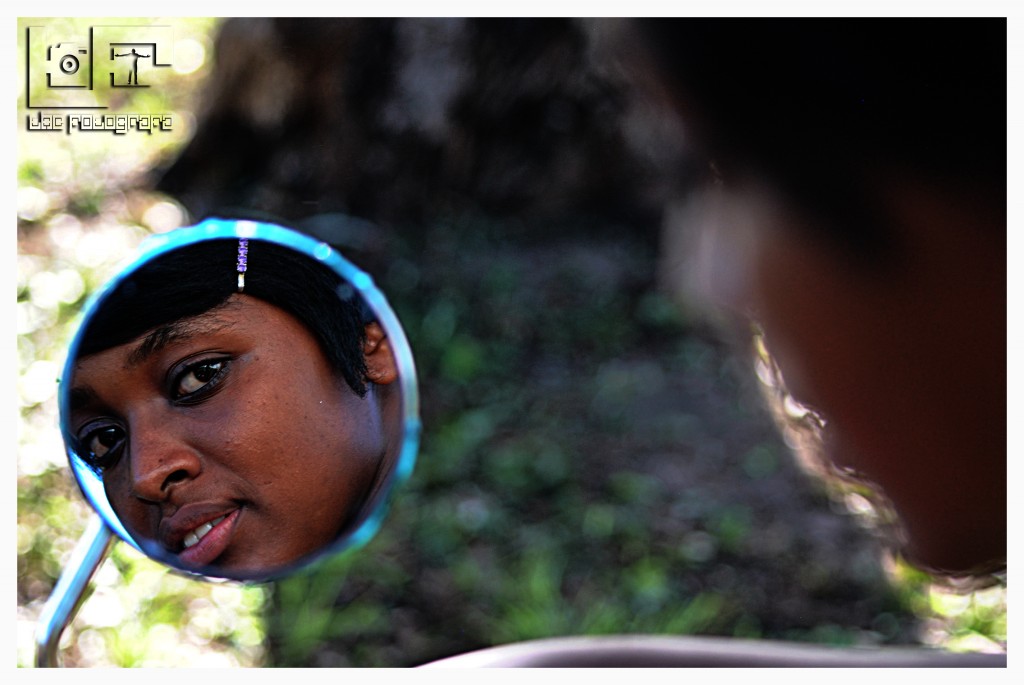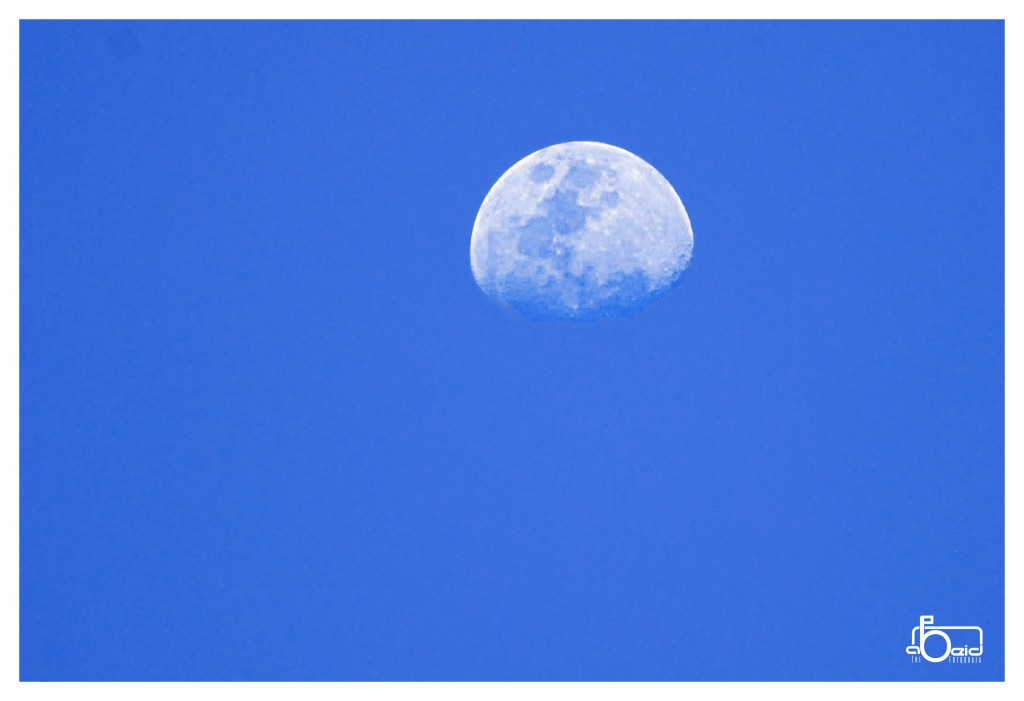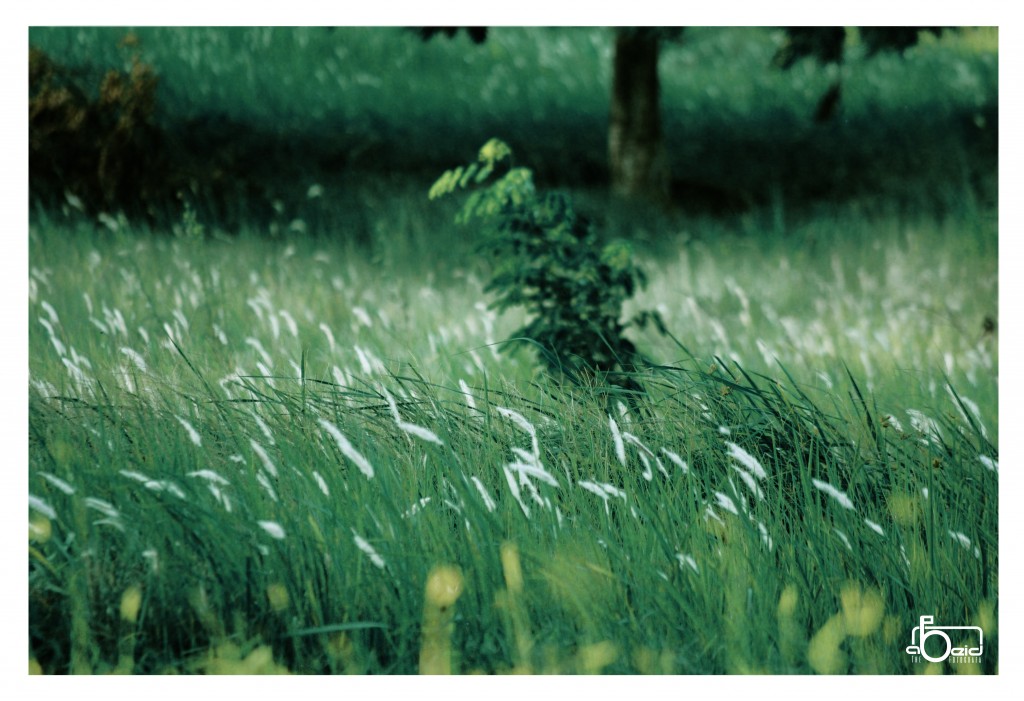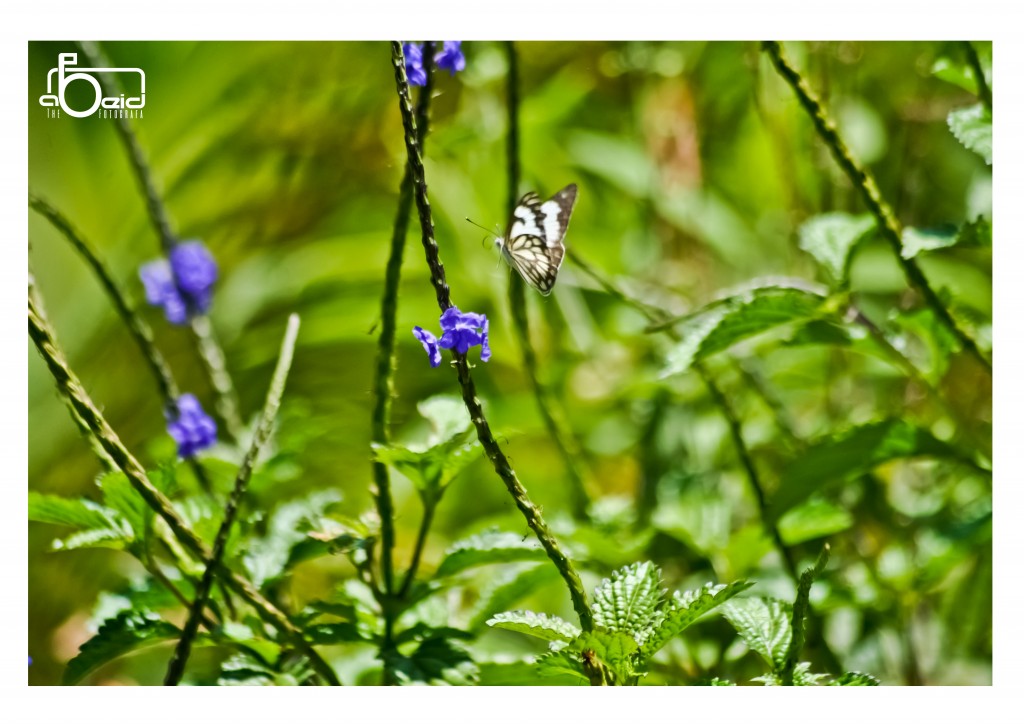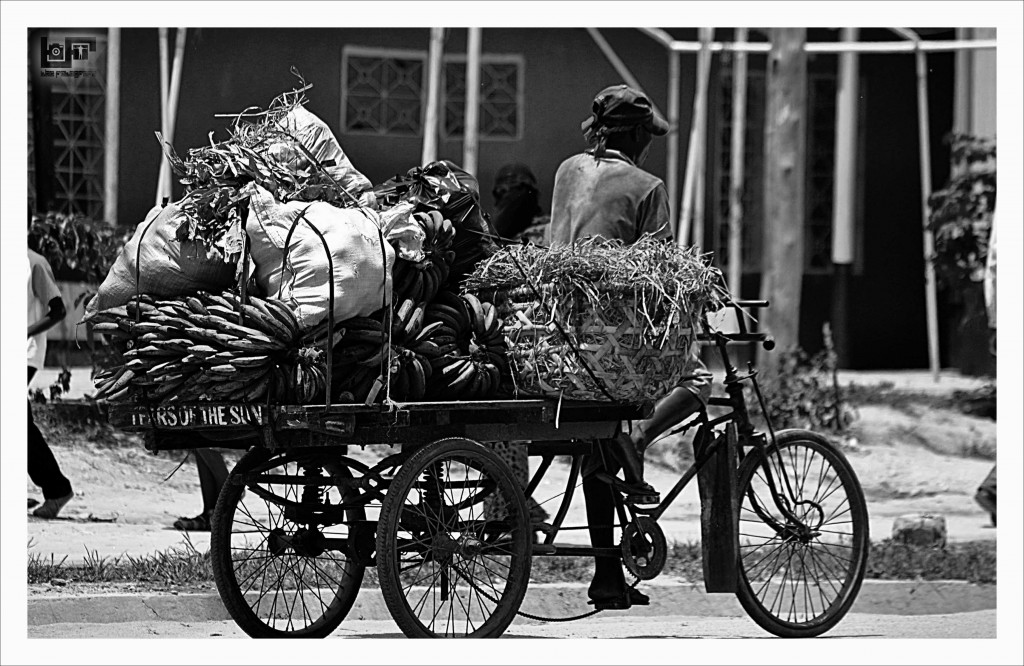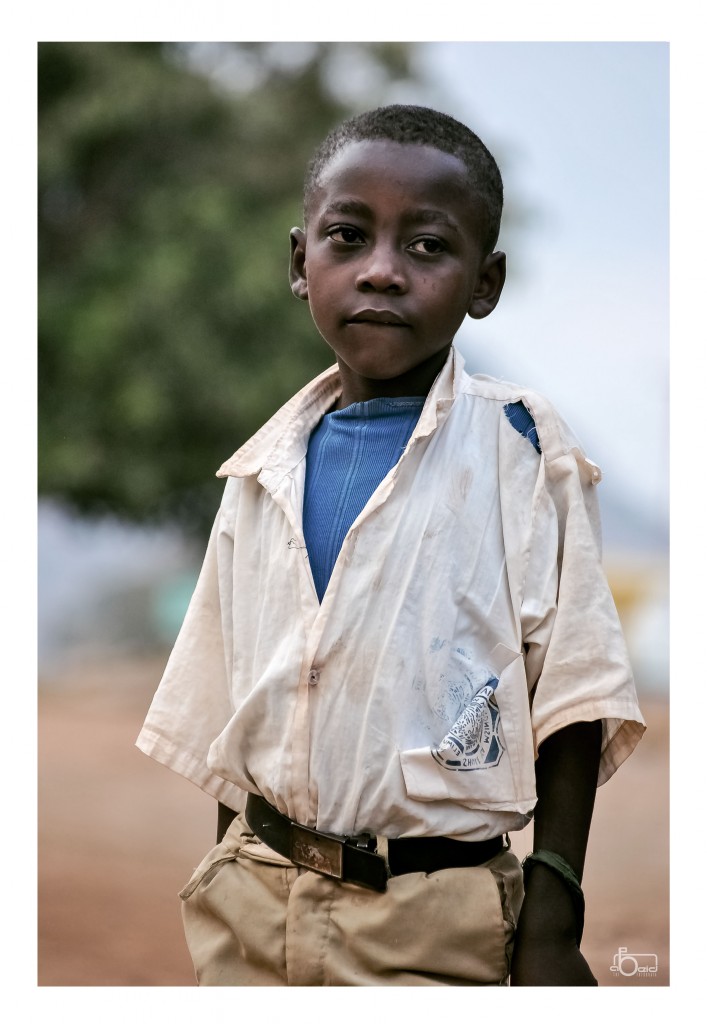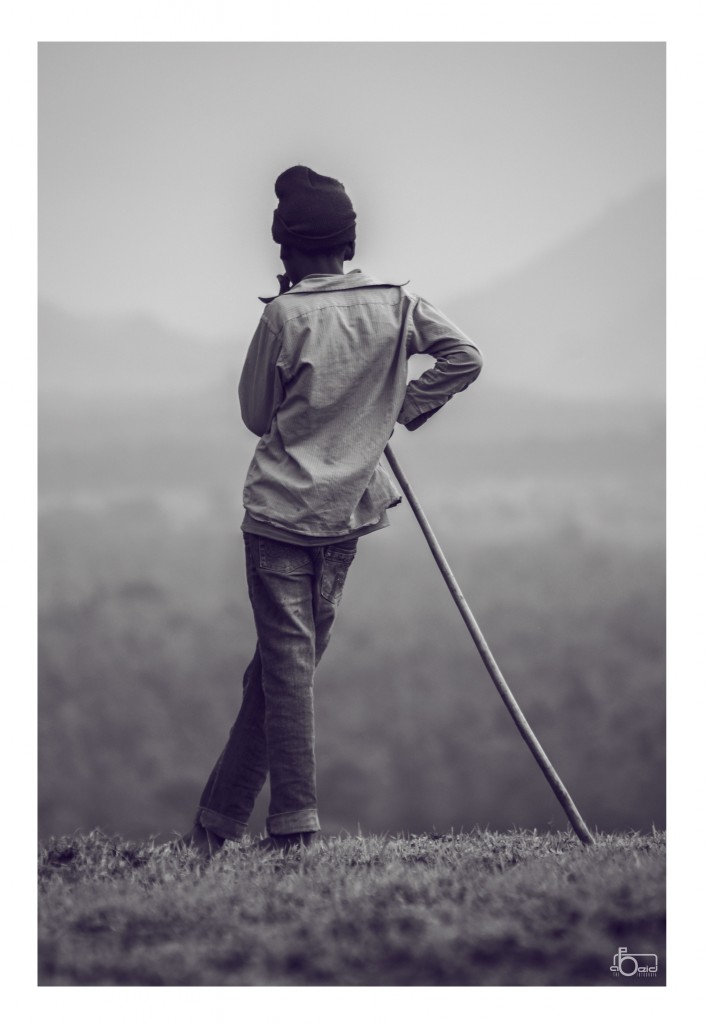African photography is on the rise. Following decades of photographic misrepresentation by observers from outside the continent, African photographers are now showing the world what they see through their lens. This is Africa spotlights them in a series of interviews.
‚I owe it to my country to showcase it in the best way possible. Luckily Tanzania is gradually being shown in a more positive way to the outside world, because we suffered from years of photographic misrepresentation.’ Strong language from Abeid Kumkichwa, the photographer, graphic designer and co-founder (together with Abdulrahman Abdulrasool) of Kumkichwa Art Gallery from Dar Es Salaam. He aims to show the through beauty that exists all around him by engaging with the environment. ‚I have an eye for beauty in it’s most natural form, which helps me to capture this on camera and share with the world. When doing so I have a sense that I owe the world something; a feeling I can only fulfil with photography.’
What Abeid portrays with his photography is what takes place in Tanzania every day. All he does is choose the right images to tell the true story of his country, whether politically, socially or economically. ‚I started doing so with black and white projects back in 2010, but ever since I was a child I have had a passion for photography. In the beginning working as a photographer was very challenging for me, because I didn’t know how to approach people or what to focus on. But I’ve learned to deal with these challenges and turn them into opportunities, not letting anything overcome my passion for photography.’ To achieve this ‚Abeid the Fotografa’ works on personal projects as well as in commercial photography, combining the two. ‚I think there is a big difference between those who work solely in commercial photography and those who work personally. On the one hand you have photographers who cannot do anything else but satisfy their client, where for example street photographers aim to expose themselves with their own projects. For me, one supplies me with enough funds to do the other.’
A factor that definitely helps him in his work to showcase Tanzania in it’s best way is the developing economy of his country. There is a steady growth of the photography industry and in the number of photographers, which makes it a respectable profession now and gives photographers the change to earn a living out of it. ‚I think photography is only going to grow bigger and bigger here in Tanzania because of the professionalisation and the availability of resources’, he explains. ‚We’ve got to keep an eye out for real talent though, because having a lot of photographers doesn’t mean they’re all competent or passionate about what they do’. The amount of photographers is growing rapidly since 2009, which resulted in the creation of the Tanzania Photography Exhibition in the National Museum of Dar Es Salaam last year. ‚The organisers aimed at uniting photographers from throughout the country and I think they succeeded. Before this event I used to show my images online or privately, but now they were professionally curated and followed the theme of the exhibition – cooperating with my colleagues.’
Now that the photography market in Tanzania is improving and the amount of photographers growing, it’s time for Abeid to conquer the international scene. According to him professionals in markets abroad still think that Africans live a primitive way of life, filled with hunger, poverty and war. ‚But that’s far from always the case. We now live in a world in which the only difference is time. I aim to let the audience know what is really going on in our society through my images of people and nature. Once they get thrilled you have their attention and after that you can tell them a different story; show them a different view.’ While continuing to show the upsides of his country and trying to have his audience understand that Tanzania is a beautiful, diverse and developed country, he aims his lens across the border: ‚I want to experience what is going on outside of my own country, exhibit across the glove and host my own exhibitions. Everything starts on a personal level, after that you go national and pave your way to the international market. That’s my goal.’
Read the original article on This is Africa




